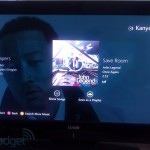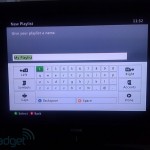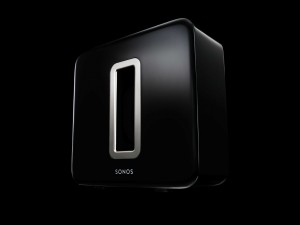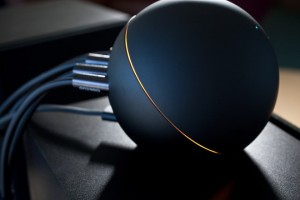The interest in smart music solutions is huge, wetter it be as part of a home automation system, a stand-alone wireless multi-room system or simply be able to stream from your phone to a set of speakers.
The mainstream market leaders, Sonos, Logitech Squeezebox and Apple AirPlay seems relatively unthreatened at the moment. But new solutions are constantly being planed and developed. So lets have a look at some of the new contenders.
Xbox Music and SmartGlass
When Windows 8 launches this autumn, Microsoft is also launching their renamed Music service (Previously Zune) and their new media sharing solution, SmartGlass. If you have an Xbox Music subscription (and Live gold for Xbox) you will be able to play that music across the Microsoft board (Windows 8, Xbox and Windows Phone 8). You probably cant play it on Android and iOS devices even though they can be used as remotes for playing the music on a Xbox. Xbox ability as a dedicated music zone player could be disputed on grouds like high noice (non slim versions) and high energy consumption. But IF the remoting and zone handling would be implemented nicely, they could have a chance.
Samsung Music Hub
Samsung launched Music Hub at the same time as their new flag ship phone, Galaxy S III. It has a big online catalog of music that can be streamed and a matching service for music already owned. So both a Spotify and iTunes match contender. But only supported by Samsung Galaxy S III for now. Samsung plans to incorporate Music Hub in their TVs, fridges, phones and so on. From a multi-room perspective, they need to implement a proper zone player that can be connected to existing setups or stand-alone. Playing music through fridges and TVs just don’t cut it in the long run, though fun complements.
Google Music
There has been reports that Google is working on devices for streaming media, including audio. They would presumably, connect to their already existing music streaming service, Google Music and have an open platform for others to contribute to.
Sony Music Unlimited and HomeShare
Music Unlimited is a subscription service (as Xbox Music, Spotify, Music Hub) that lets users stream music and also upload/match owned music a.la iTunes match. It is supported by a broad range of Sony products like phones, playstation and blu-ray players. They also have a new iPhone app. The downside of Sonys broad offering is that it lacks clarity, from a multi-room perspective.







